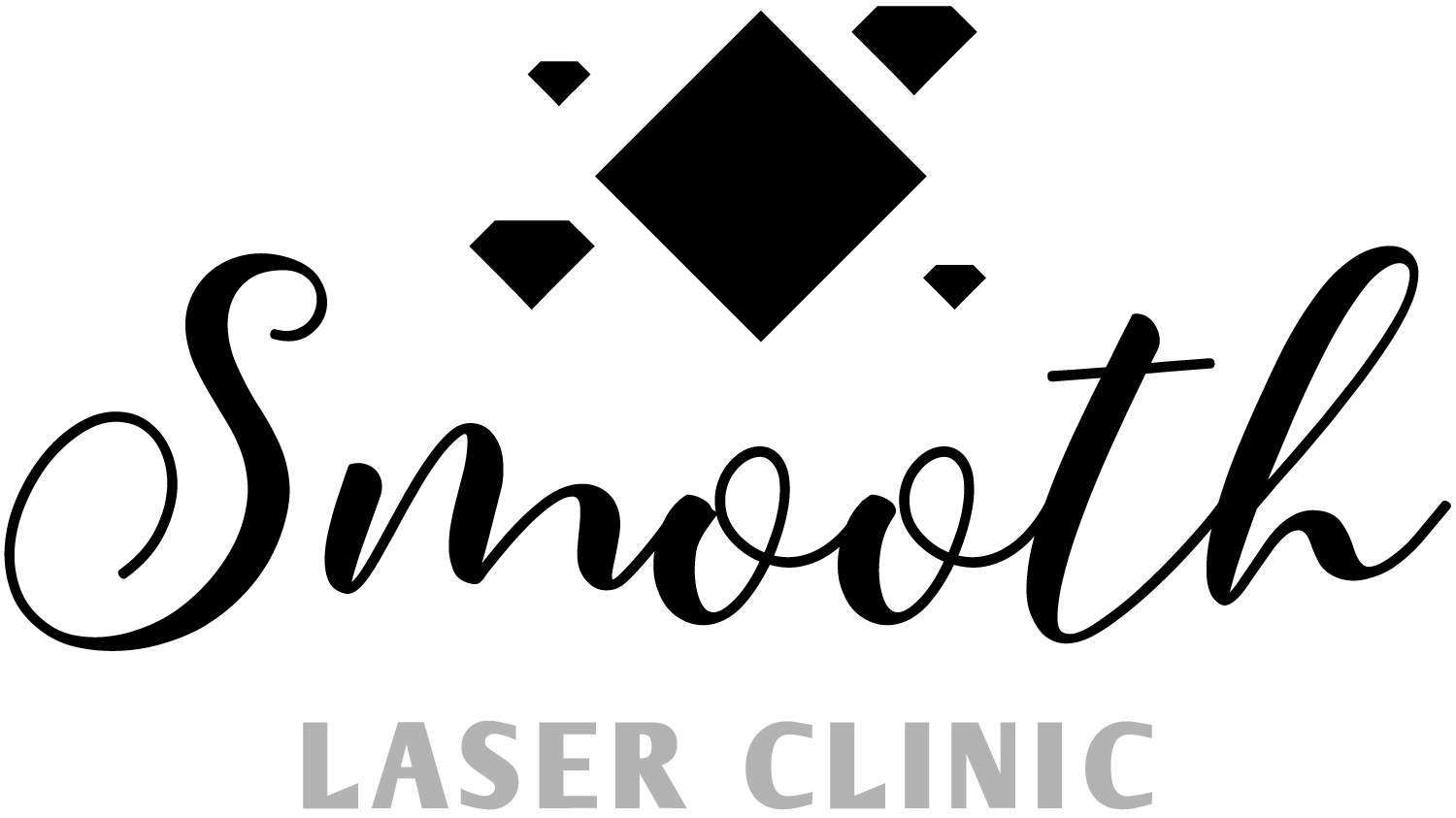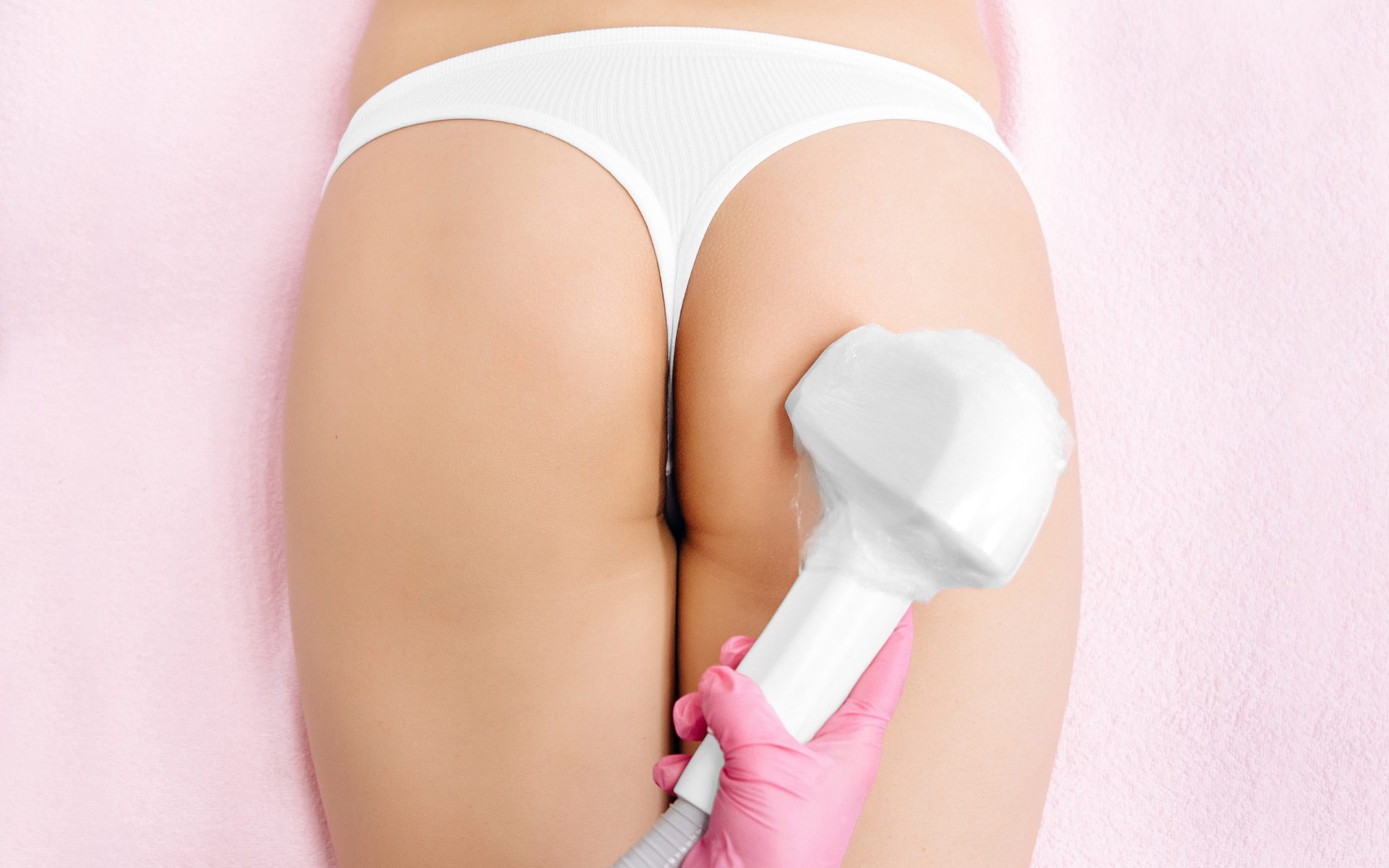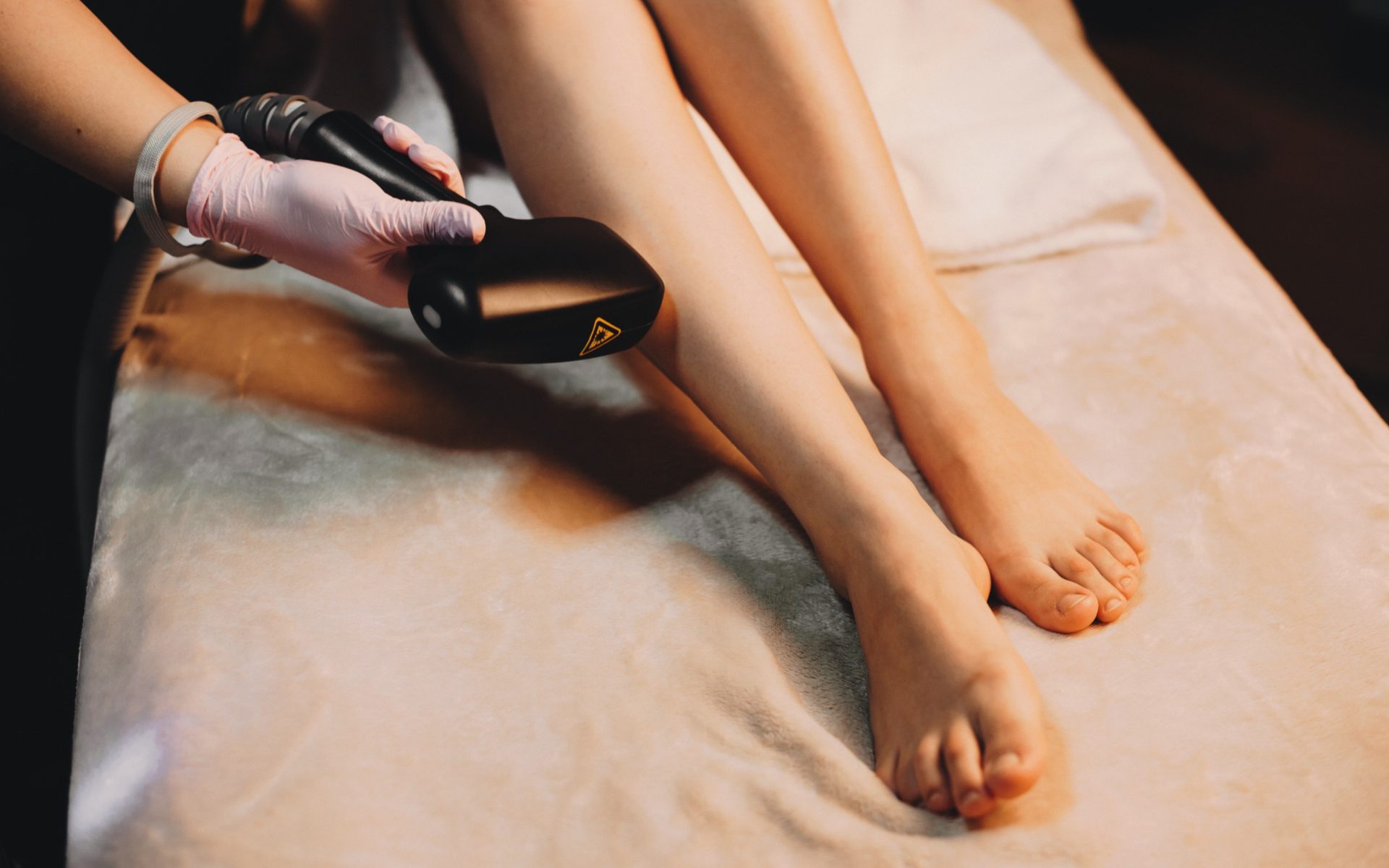Folliculitis explained
Folliculitis is a common skin condition that causes inflammation in the hair follicles – the tube-like structure from which the hair grows. It happens as a result of a blockage, bacteria or an infection in one or more hair follicles when they become in-grown. It can develop in any type of skin, although there are some factors that make certain people more prone to it.
What is the main cause?
Anyone can get folliculitis. It typically causes small red bumps on the skin or white-headed pimples along with some itching or soreness. Often it clears up in a few days. However, certain conditions result in a higher risk of getting it, includes:
- Acne or dermatitis
- Having certain medical conditions such as diabetes, leukemia or HIV/AIDS
- Having hyperhidrosis (excessive sweating)
- Using poorly maintained hot tubs or wearing poorly ventilated clothing such as high boots or gloves
Damaging hair follicles through shaving or waxing can also cause instances of folliculitis.
The different types
There are two main types of folliculitis: superficial and deep. Superficial folliculitis affects part of the follicle, while deep folliculitis involves the entire follicle and often causes more severe symptoms. Most superficial folliculitis is caused by a bacterial infection that results from ingrown hairs. It can also be caused by hair that becomes twisted within the follicle – typically this is found in men with curly hair.
You might also pick up superficial folliculitis from regular shaving or frequent use of a hot tub or heated pool in which the chlorine and pH levels aren’t well-regulated. There is also a type that is caused by a yeast infection.
Deep folliculitis can be a result of long-term antibiotic therapy, infection of the follicle with staph bacteria, or HIV/AIDS.
Is laser hair removal good for folliculitis?
Most instances of folliculitis can be prevented by regular cleansing and exfoliation of the skin, as well as shaving breaks. However, some people find that infection frequently recurs and in such cases, permanent laser hair removal can help. There are several factors that affect an individual’s suitability for treatment, such as the cause of the folliculitis and whether it’s a superficial or deep form of the condition.
How does laser hair removal help?
A laser hair removal package will give you a course of several treatments – usually six to eight – to treat the areas commonly affected. The technology uses a concentrated pulse of light to destroy the hair follicle completely, resulting in long-term inhibition of hair growth. A qualified laser hair removal specialist will offer a consultation where they will chat to you about your condition and determine the right course of treatment. Both men and women can have laser hair removal, and it is suitable for most skin types. If you’d like to explore the possibility of laser hair removal for folliculitis, contact Smooth Laser Clinic. Our laser hair removal treatments in Hampshire are suitable for both men and women, and can produce lasting results on any skin type. Book a consultation and patch test today.










